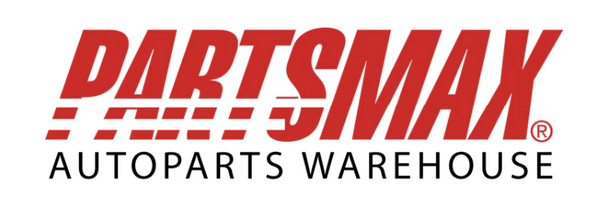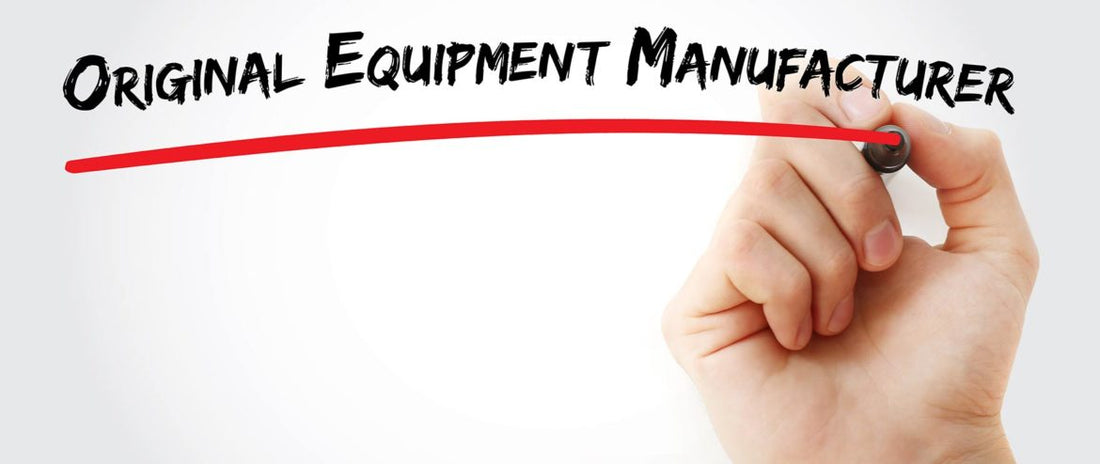
Have you ever heard the term OEM and wondered what it meant, especially with regards to auto parts? It stands for Original Equipment Manufacturer. The OEM is the company that put the automobile together. Usually an OEM will purchase parts from other companies, put their name on the parts, and build the automobile that bears their name. Then, through their network of dealerships, they will sell replacement parts labeled under their name, regardless of who originally built the part. In the automotive industry, the term OEM is used to refer to these parts, which are usually purchased by the end user from official dealers, but can be obtained in other ways as well. By contrast, aftermarket parts, called by some counterfeit or fake parts, are simply parts made by someone other than the OEM.
Why use OEM?
Most auto repair shops and body shops prefer to use OEM parts when possible for many reasons. Usually they are higher quality, fit better, may have better warranties, and can be easier to get than aftermarket parts. In many cases, aftermarket manufacturers actually have to make the part slightly different from the OEM car parts, in order to avoid a lawsuit. In the case of body crash parts such as bumpers and fenders, this can be critical to putting a vehicle back together with proper gaps and fitment. Aftermarket parts are often less expensive, and as such can be attractive to both customers and insurers looking to cut costs. In many cases their quality can rival that of the OEM car parts as well.
Other OEM facts
In the case of automotive companies, many of the parts used to manufacture an automobile are made by other companies and then relabeled by the OEM as theirs. Examples of parts not usually made by a car company include windshields and other glass, radiators and AC condensers, tires, hoses, belts, as well as radios, speakers, and mufflers. Also, whole assemblies such as transmissions, transaxles, steering racks and others are often purchased from outside companies. Then these parts are sold as their own through the network of dealerships when replacement parts are needed down the line.
The Bottom Line
So when you are in the market for auto parts, keep in mind that OEM parts, while usually good quality and easy to obtain, can often be overpriced and not always made by the company whose name is on the box. Many times you can purchase aftermarket parts for much less, and often they will be of the same quality and in many cases they will even have a better warranty, usually a lifetime one. In some cases, the aftermarket part might be made by the same company that made the one in the OEM box, but sold at a much lower rate. Also, wearable parts such as tires, batteries, filters, and brake pads are never made by the OEM, so purchasing them from the dealer can really cost more than it should. Auto glass also can be expensive to et OEM instead of through an aftermarket installer. A little research can go a long way, so be sure to check and see who is really making your parts before you buy!

